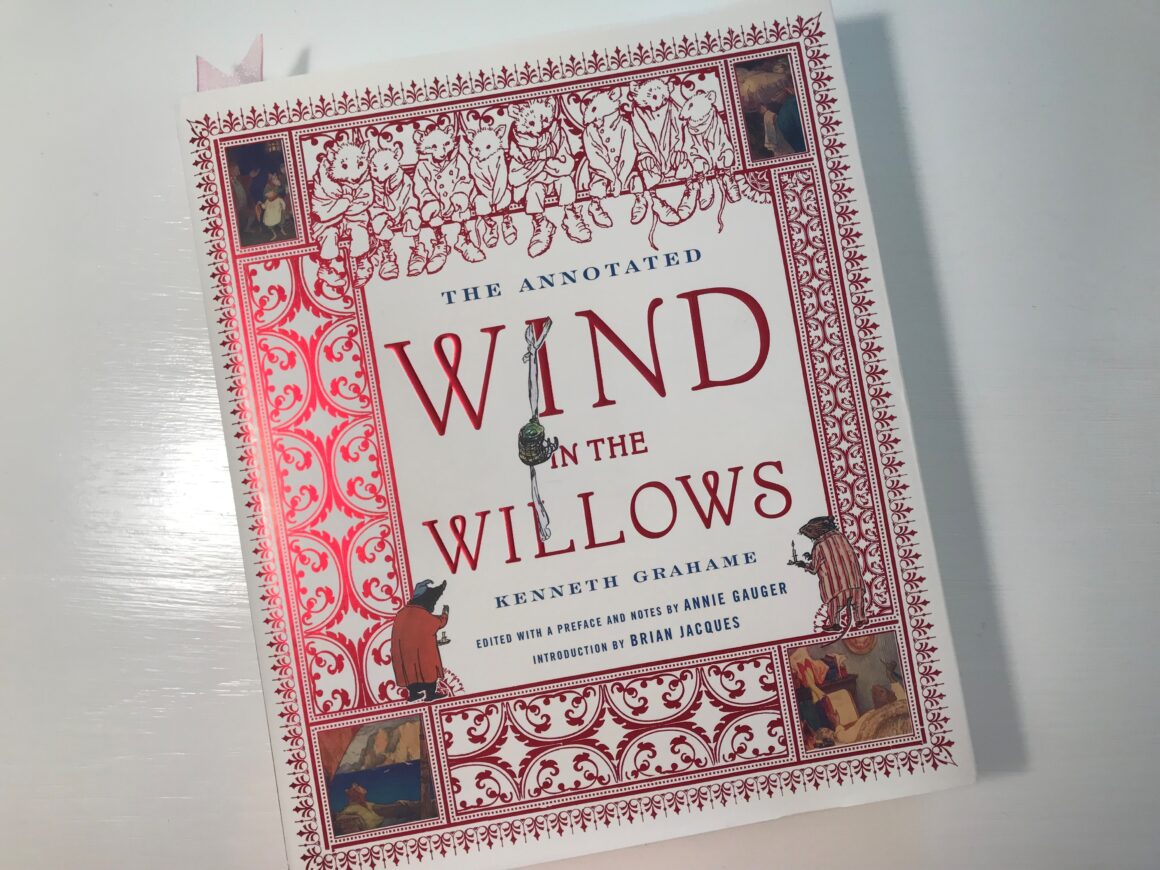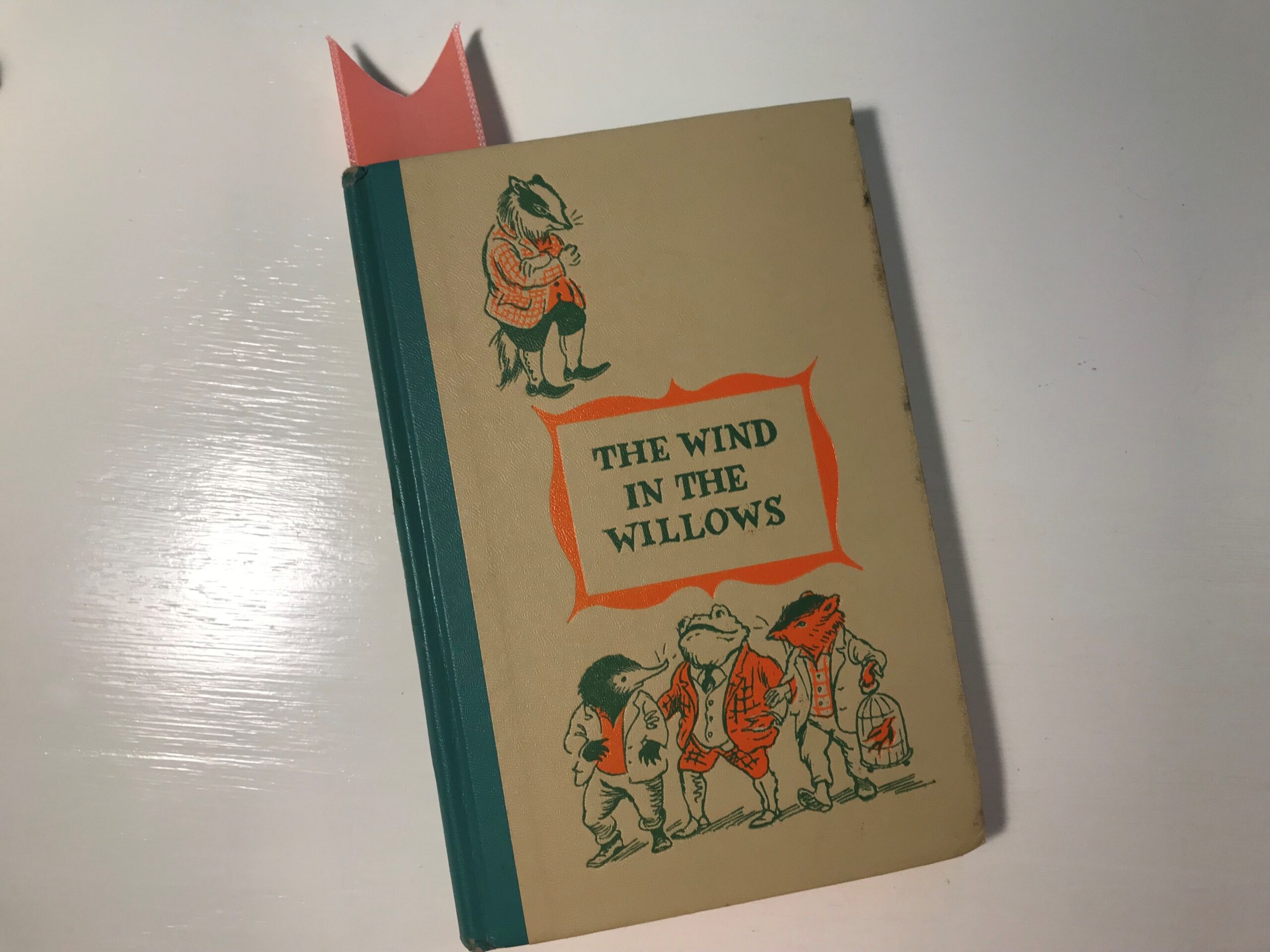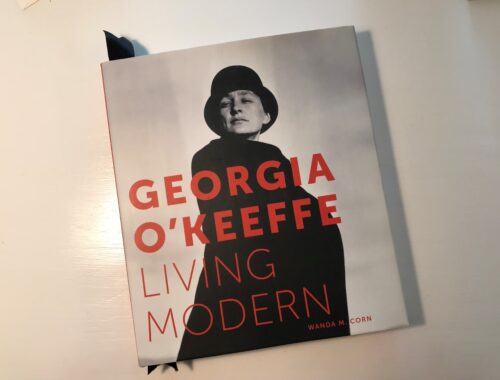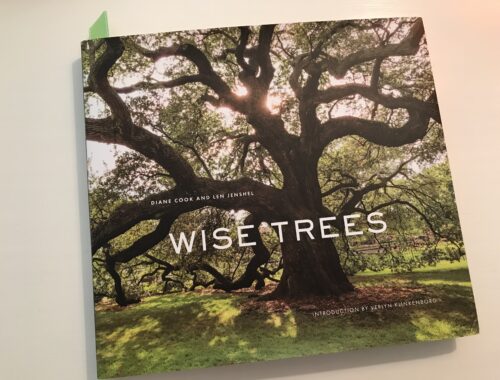
Back to the River Bank with My Water Rat
Although I read very few books more than once, R. and I are enjoying right now our annual spring reading of Kenneth Grahame’s The Wind in the Willows, first published in 1908, but just as relevant now—if not more so—for its anthropomorphized animals’ profound love for and support of each other and their natural world, despite/because of all the smudgy qualities that get in the way of easiness. When our sons were children, there was an ready excuse for the ritual; for the past fifteen years or so, we’ve have to admit what’s been true from the beginning: we read it because we adore it, and it always serves to deepen our being in love with life, forgiving of others, and grateful for grace. We have usually taken turns reading it aloud to each other, sections and chapters at a time as we’ve been in the car on our way to the grocery store or the lake (to walk around it or—more fittingly—canoe up to the dam and back, past Red Bud Isle that is very much like how I imagine the island where Rat and Mole meet Pan and find Portly); I especially enjoy voicing it, since it’s the most consistently delicious book I’ve read aloud, a full range of sweet and savory tastes and textures embodied by all the words themselves and not just in the detailed passages of ample meals. This year, though, we’re listening to Simon Vance’s narration on Audible from the Amazon Classics Edition; the primary advantage of this form has been Vance’s own British accent and the British regional and class accents he takes on to individuate the characters; a secondary benefit is witnessing all the spring blossoming and budding across the landscape on our way from home to destination and returning, instead of training our eyes on the pages as we’re in transit.
For Christmas last year, my youngest son and daughter-in-law gifted me with a copy of The Wind in the Willows published in 1966, the year I was born, with colored illustrations by Tasha Tudor, marked as at one point belonging to “Kathy Ragan” by her young, careful cursive on the inside front cover. As I’ve paged through this edition, the pictures and the chapter-heading typeset are deeply familiar, resurfacing from a long ago reading; it may be that this was the same edition with which I was first introduced to the story, when I was how old? It didn’t reveal its full merit to me, though, until I first read it aloud: This is fiction with the thorough lyricism of the best poetry: no words or phrases that are chalk or grit or pebbles in the mouth; no dull lines; every character a hilarious companion or blessing of acquaintance.





